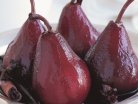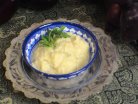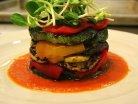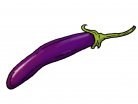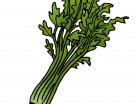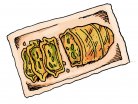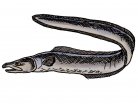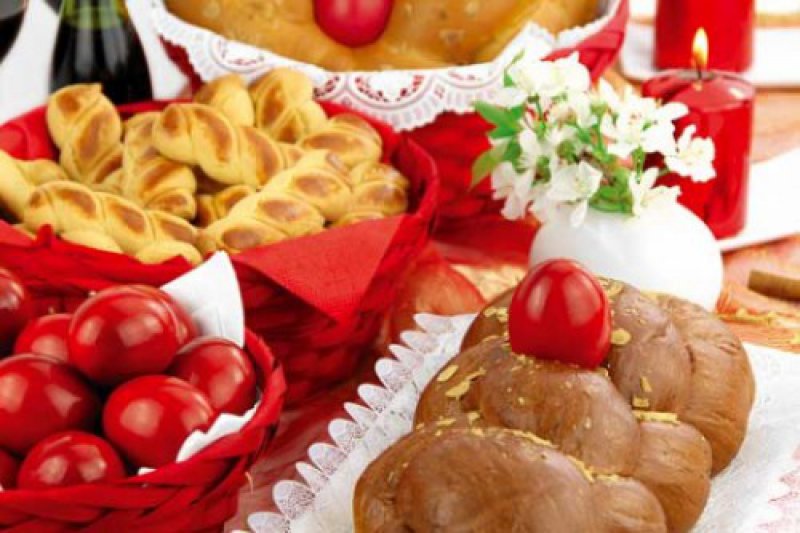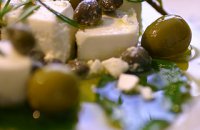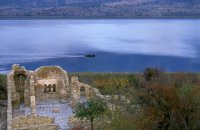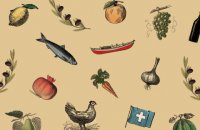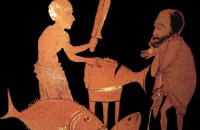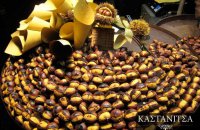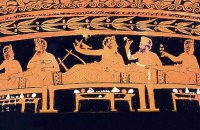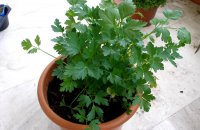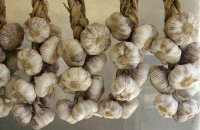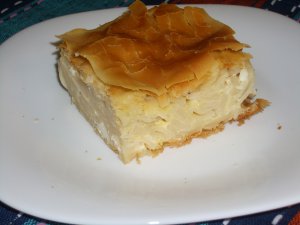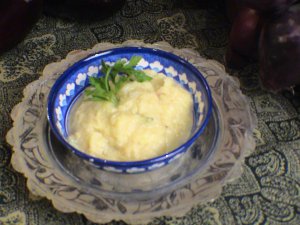It is not by chance that the feast of Pascha, a feast that the Western World refers to as Easter, but whose Greek name actually translates to "Passover," takes place in the spring. As nature celebrates new life, Christians celebrate the rebirth that comes with the Resurrection. The Greeks also refer to Pascha as "Lambri," which translates directly to "brightness," thereby referring to the sunny arrival of a new spring and new life.
After the forty-day fast that begins on Clean Monday, comes yet another week of fasting and special services known as Holy Week. At that period Greeks do fast. You can see the collection of our Specific recipes.
The prelude to Holy Week begins with the Saturday of Lazarus, the celebration of Christ’s raising his friend Lazarus from his grave—a foreshadowing of Christ’s own resurrection. In most parts of Greece, this day is traditionally commemorated with children roaming through the neighborhoods, singing hymns about Lazarus’ return from the grave. In turn, the children are given eggs (which, once collected, will be dyed red on Holy Thursday) and tasty little breads called "Lazarakia," or "Lazarelia." See their recipe here. These breads will be made with a filling of nuts, cinnamon, raisins, and tahini, and are shaped into a figure with swaddling clothes- a configuration intended to represent Lazarus.

The next day, Palm Sunday, commemorates Christ’s entrance to Jerusalem- a slow march during which He was received by a multitude that excitedly laid branches before Him. During the Palm Sunday Liturgy, the faithful take up branches from bay trees in an attempt to mimic the people of Jerusalem as they welcomed Christ into their lives. In certain regions, worshippers are given palm leaves which have been folded into the shape of a cross as they exit the church. The people are permitted to break the strict fast on this day, thereby consuming fish in celebration of the Jerusalem’s enthusiastic welcome. Many of the traditional fish dishes include cod with garlic sauce, or mackerel. Of course, the fish is accompanied by wine. This meal is the last opportunity to feast before the onset of Holy Week, a period characterized by the strictest fasting of the year. Holy Week is a time of reduced activities, a plethora of church services, and rigorous fasting, along with the meticulous cleaning and decorating of homes in preparation for the big feast.
On Holy Thursday, there is the traditional dying eggs with a bright shade of red, a color intended to symbolize the blood of the crucified Christ. In some regions, eggs are dyed by first sticking various small leaves of herbs on the surface of the egg and then wrapping it within a thin stocking. Eggs dyed in such a manner will therefore have elaborate white designs against their red backgrounds. In other regions, the egg will be wrapped in the brown peeling of dried onions instead of herb leaves, resulting in a surface with alternating shades of brown and red.

Along with egg dying, villagers will traditionally bake a variety of Easter cookies. Made primarily from eggs and butter, these cookies will be shaped into small twists or braids, brushed with egg wash, and then sprinkled with sesame seeds. Similarly, loaves of bread known as Tsoureki will be baked in various shapes, primarily braids, and decorated with seeds. Typically, a red egg will be baked into the loaf as well. It is the tradition for godparents to give such welcome treats to their godchildren, together with the candle to be used during the Resurrection service.

Holy Friday, the day of Christ’s humiliation and crucifixion, is the most solemn day of the Orthodox liturgical calendar. Consequently, the fast becomes so rigid, that many of the faithful will merely nibble on bread, olives, and halvah. In many parts of Greece, there is the tradition of drinking a little vinegar in remembrance of the vinegar that the Roman soldiers gave Christ on the sponge. In other regions, boiled lentils are eaten with a little vinegar to symbolize both the passion of Christ, and the seed of new life.
Although Holy Saturday is also a strict fast day, it is not as solemn. The morning church service celebrates the "first Resurrection," commemorating Christ’s descent into Hades wherein he pulled out Adam and Eve, thus freeing them from their bonds of sin. Preparations for the Paschal feast begin early in the morning.
The traditional meat for Pascha is lamb, a symbol of Christ offering Himself in sacrifice for man’s deliverance from darkness. The Paschal lamb is slaughtered and its entrails cleaned to make the traditional tripe soup called "mageritsa" that is served directly after the midnight Resurrection service. This "soothing" soup consists of finely chopped lamb organ meat—its stomach, spleen, heart, lungs, liver, kidneys and intestines—added to sautéed fresh spring onions and lots of dill. Many cooks add the traditional egg-lemon sauce known as “avgolemono” to the soup, but this is optional. The purpose of eating this soup first is to gradually prepare the stomach for the heavier meat dishes after 47 days of a vegetarian diet. We give you today a recipe for vegetarian mageiritsa as well.

After eating mageritsa and before eating anything else, each member of the family will select a red egg from the bowl and proceed to crack each other’s eggs at either end. According to Greek tradition, the person whose egg lasts the longest without cracking with be the luckiest throughout the year. Before tapping the other person’s egg, it is customary for one to repeat the phrase, "Christ is Risen," to which the other person to respond with, "Truly He is Risen." Just as a dead, stone-like egg has the potential to produce a chick, the cracked egg is meant to symbolize Jesus’ return to life.
On Easter morning, the long-awaited lamb is seasoned and tied to a spit to be roasted over an open fire to until crispy and browned. Instead of roasting lamb on the spit, other regions bake a whole lamb or kid goat in the oven. Local traditions dictate whether the lamb or goat will be stuffed with herbs or rice, or some other mixture. Often the bottom of the baking dish will be lined with the clippings of vine branches left over from the pruning of the vineyards, thereby giving a special aroma to the meat. There are many other delicacies that will be included in the Paschal feast depending on the specific region of Greece. Included in these are cheese pittes, regional fresh cheeses, and yogurt served with honey. As mentioned, there are always myriad Easter sweets and breads as well.
































